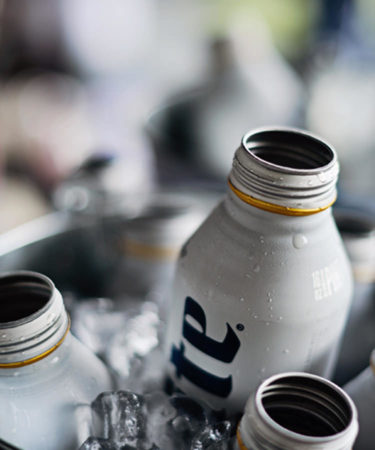By year’s end, America will be home to 7,000 breweries producing more varieties of beer than ever before. And yet, as of January 2018, a majority of our beer money is spent on a short list of light lagers: Bud Light, Coors Light, and Miller Lite. The latter unabashedly claims responsibility for America’s light beer obsession.
In a way, it’s true. After Miller Lite launched nationally in January 1975, other brands followed: Anheuser-Busch launched Natural Light in 1977; Michelob Light in 1979; and Budweiser Light, today known as Bud Light, in 1982. Coors introduced Coors Light in 1978. The rest is homogeneous history.
But one thing MillerCoors conveniently leaves out of its history is, well, Miller. Budweiser begot Bud Light; and Coors, Coors Light. Miller Lite lacks a single-monikered sidekick.
Of course, there are plenty of other Miller offshoots to try. There’s Miller High Life, the “Champagne of beers.” It debuted New Year’s Eve 1903, preceding Miller Lite by more than 70 years. Miller High Life even has its own low-calorie offshoot, Miller High Life Lite. It launched in 1994.
Then there’s Miller Genuine Draft, better known to fans as MGD, which debuted nationwide in 1986. Miller Fortune came 28 years later, in 2014.
Largely absent from Miller’s history — which also includes current brands Hamm’s and Hamm’s Special Light, Mickey’s and Mickey’s Ice, and Magnum Malt Liquor — is Miller Beer, a premium, not-light lager that occupied a two-year blip in the mid-to-late ‘90s. Referred to by some as Miller Red Label, the beer was introduced in 1996. It gets a nod in “Beer Blast,” Philip Van Munching’s 1997 book on the beer industry. But Miller Beer dissolved in 1998, never to be spoken of again.
Until now. “Miller Beer was discontinued in 1998 when Miller Brewing Company decided to focus on core brands, such as Miller High Life and Miller Lite,” a spokesperson told VinePair last week.
The lesson? If it ain’t broke, don’t fix it.
